Scott #286, issued in 1898, commemorates the Trans-Mississippi Exposition—a major event designed to highlight the industrial, agricultural, and cultural progress in the western United States. This postage stamp was one element of a series intended to facilitate the substantial volume of mail associated with the exposition, reflecting both the practical requirements of postal operations and the broader governmental efforts to promote regional development.
The issuance occurred during the tenure of Postmaster General James A. Gary, whose administration oversaw significant modernization efforts within the postal system.
Design & Print
The design of Scott #286 is themed Farming In The West, and was printed in a copper red color.
Produced in 1898, the stamp bears a 2-cent denomination and features an intricately engraved vignette that subtly emphasizes the agricultural themes associated with the Trans-Mississippi Exposition.
Records indicate that approximately 159,720,800 copies were printed. Production quantities were calibrated to meet the expected demand generated by the exposition, ensuring that sufficient impressions were available for widespread postal use.
Postal Usage
At the time of its release, the 2-cent denomination of Scott #286 was aligned with postal rate structures designed to manage the evolving needs of an expanding communication network.
The rate structure, which designated a 2-cent fee for letters up to an ounce, was indicative of the economic and regulatory considerations of the time. Letters were the most popular mailed items at the time, thus this issue had the largest quantity printed in the set.
Identification
Scott #286 is identifiable by its copper red color and depiction of farming horses pulling a plow on a field. At the top reads “United States Of America” with the numeral values of “2” in each corner, and the bottom reads “Postage Two Cents”.
It’s design was reissued in 1998 commemorating the 100 year anniversary of the Trans-Mississippi stamp set. The 1998 issue can be distinguished by it’s bi-color printing where the vignette is black, versus the 1898 issue was printed in one color.

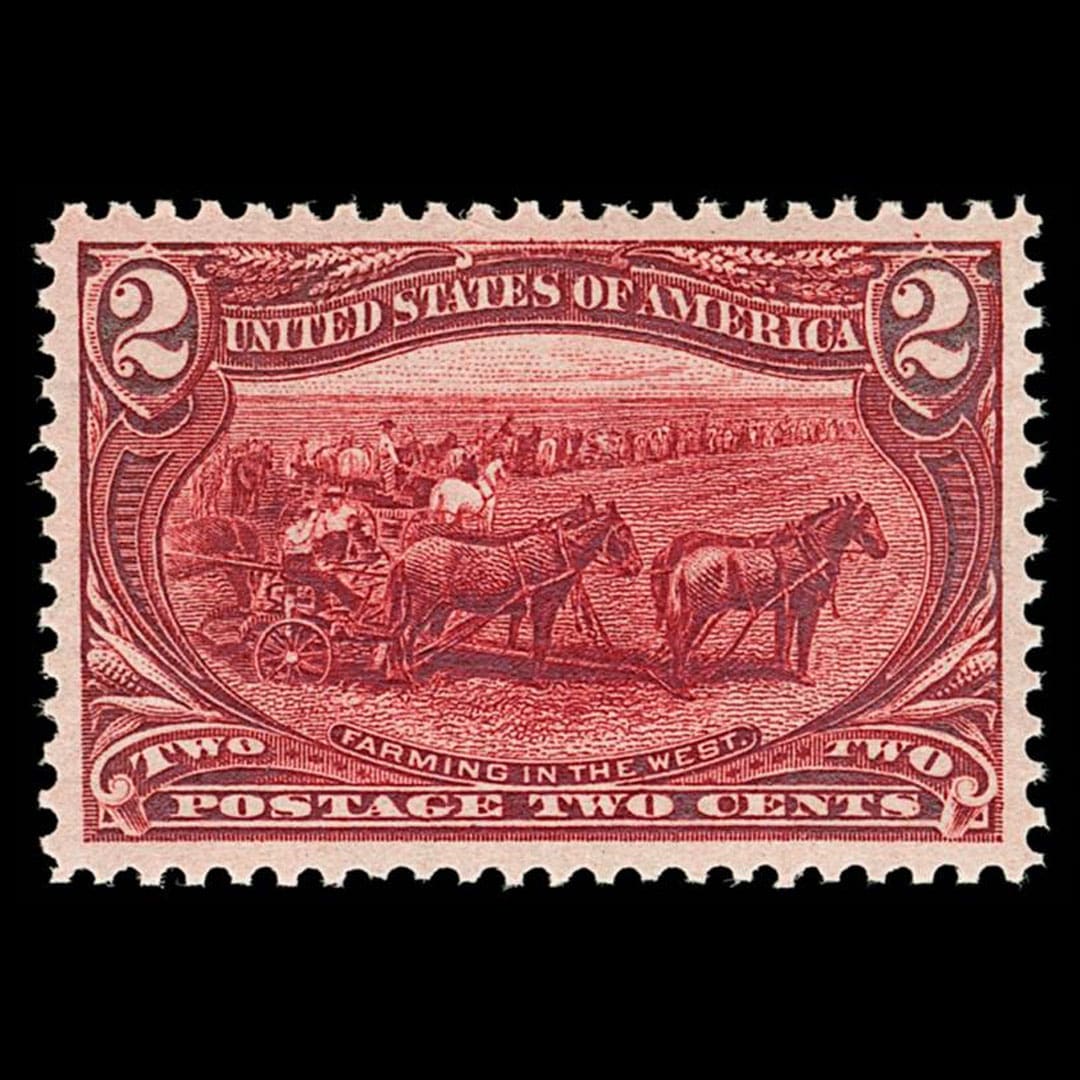

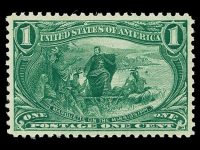

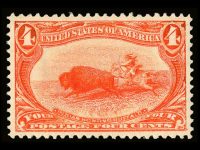
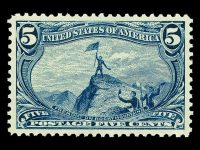
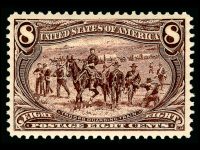
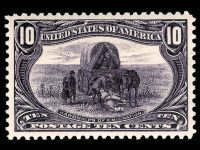
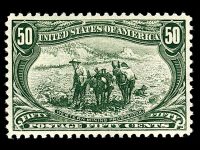
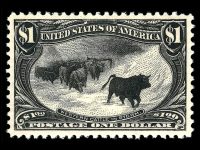
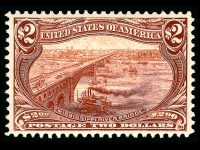








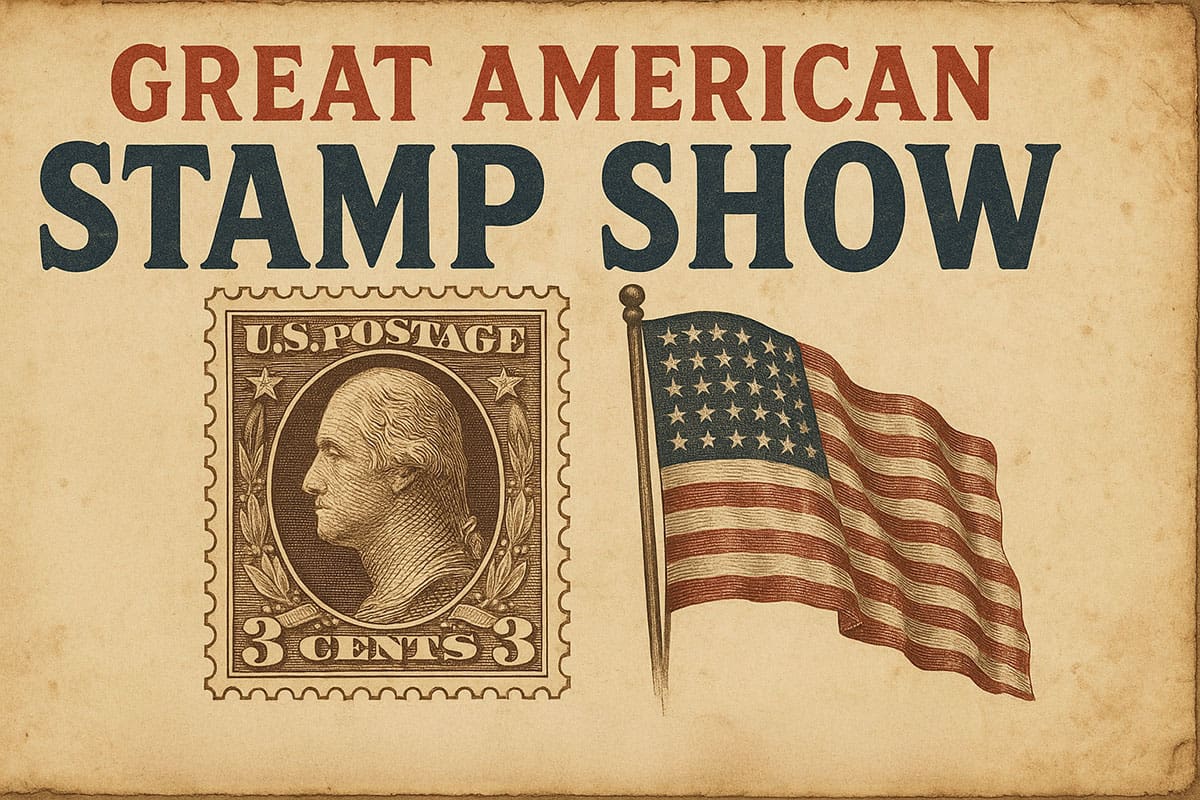


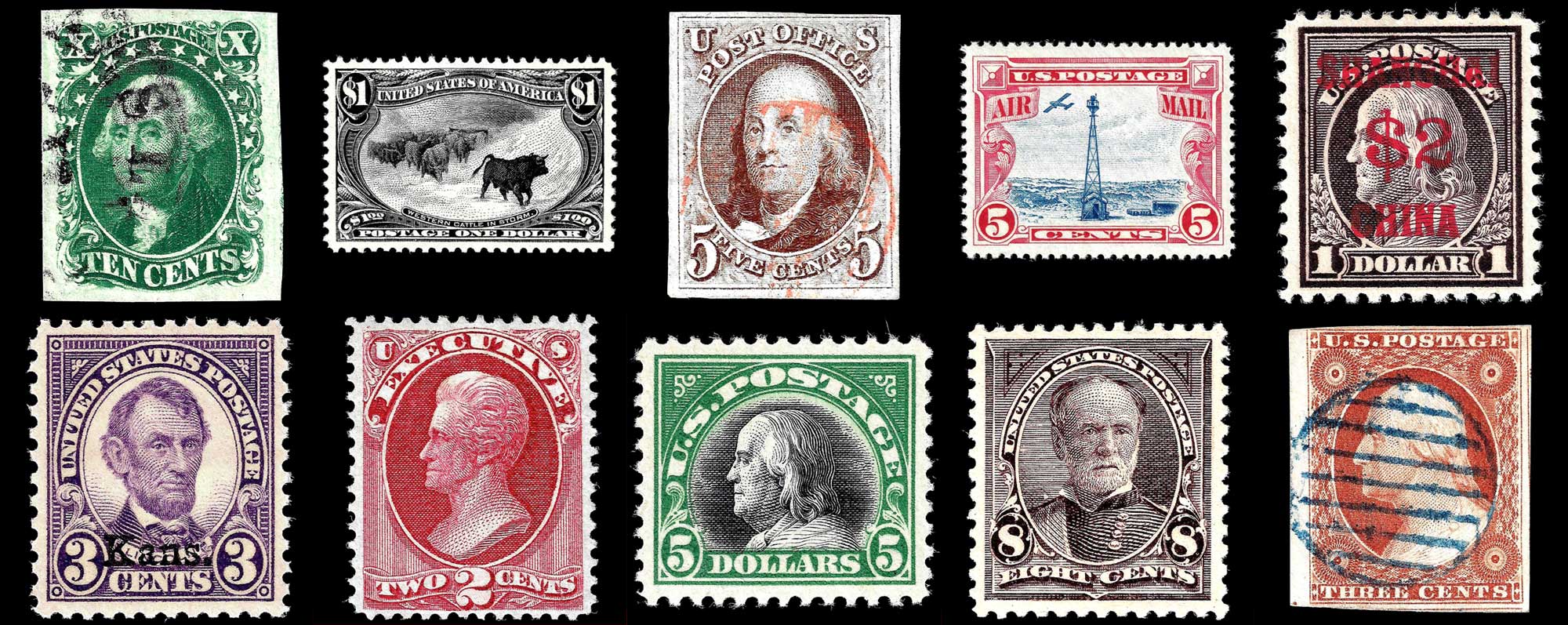
Ask A Question Or Leave A Comment